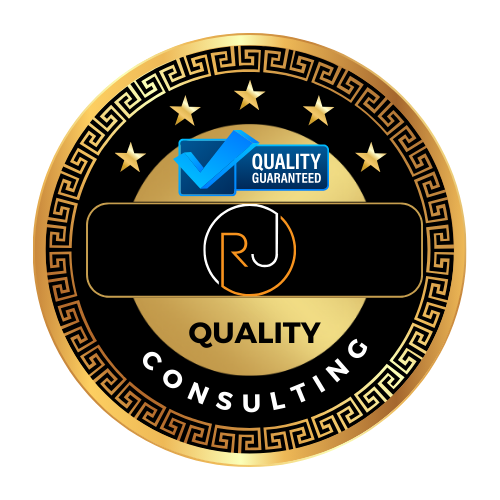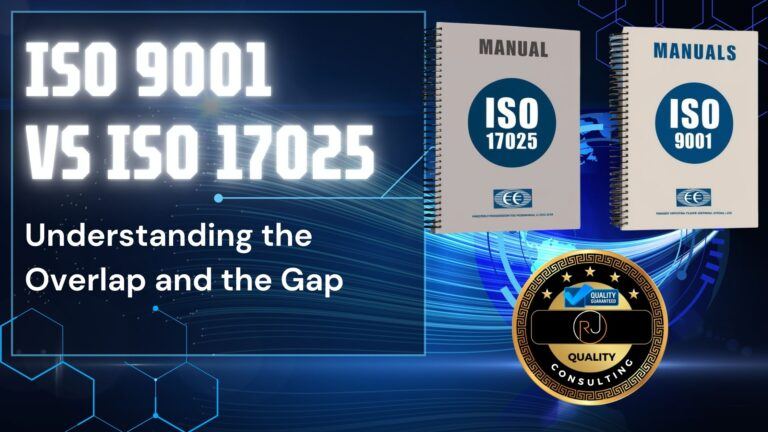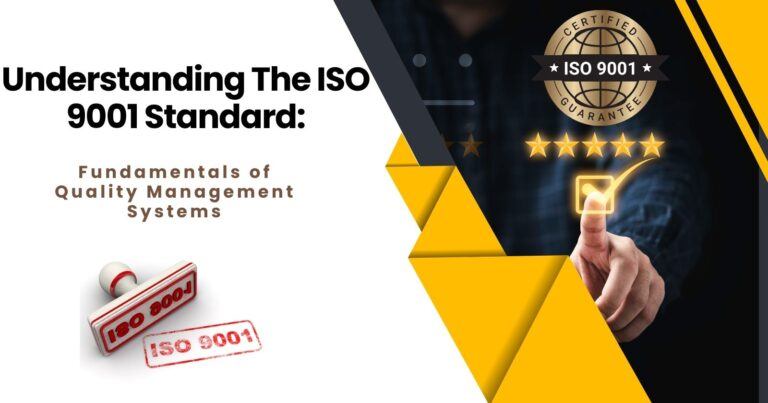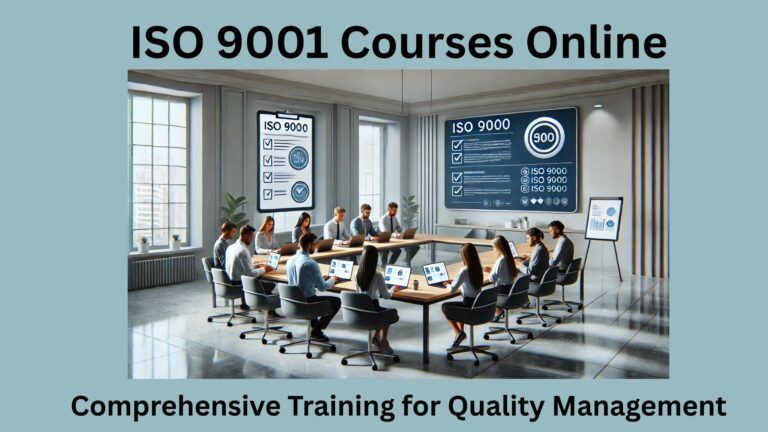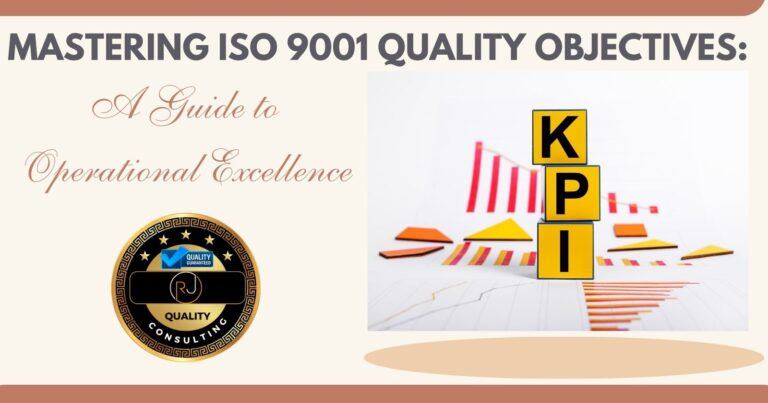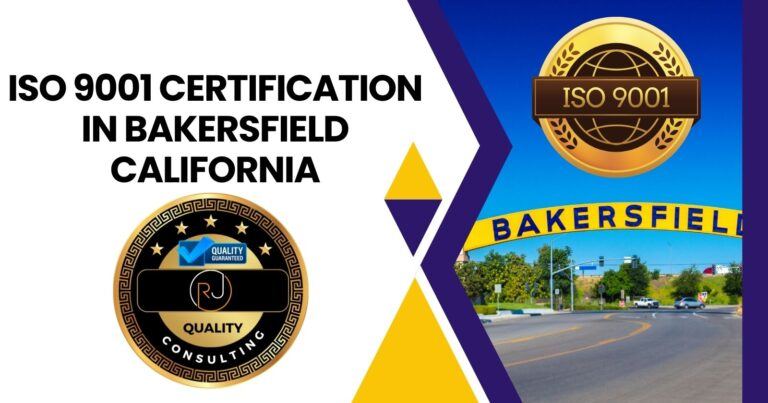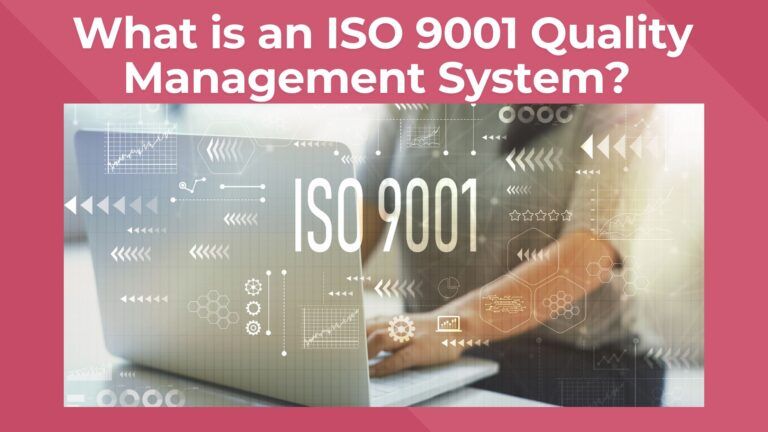How to Implement ISO 9001: Key Steps for Successful Certification
If you want to boost your organization’s quality and efficiency, learning how to implement ISO 9001 is a smart move. ISO 9001 gives you a clear framework to build a quality management system that meets international standards and helps deliver consistent results. When you adopt these guidelines, you show customers and partners you care about quality and are committed to improvement—even if it’s a work in progress.

Getting started might feel overwhelming at first, but once you break it down, the process is actually pretty manageable. This guide shares practical steps, helpful resources, and a few tips to make the whole journey a bit less daunting.
Key Takeaways
- ISO 9001 helps you set up a strong quality management system
- Step-by-step guidance can make implementation easier
- The right tools and resources support ongoing operational excellence
Learning How to Implement ISO 9001
ISO 9001 is an international standard for quality management systems (QMS). You can use it in any type of organization, regardless of size or field.
📘 ISO/IEC 17025 Quality Manual Template
Accelerate your lab’s accreditation process with our comprehensive Quality Manual Template, designed to align with ISO/IEC 17025:2017 standards.
- Fully editable and customizable to fit your laboratory’s needs.
- Includes all necessary procedures, forms, and policies.
- Structured to facilitate easy implementation and compliance.
- Developed by experts with extensive ISO/IEC 17025 experience.
Check Out Our Great Selection of ISO 9001 Online Training Courses
Looking to master ISO 9001:2015 or ensure top-notch training for your team? Explore our Online Courses here!
The current version, ISO 9001:2015, helps you make sure your products or services meet customer and regulatory requirements. The standard also guides you to improve your processes.
Key Features of ISO 9001:2015:
- Applies to any organization
- Focuses on quality management systems
- Requires meeting both customer and regulatory needs
- Supports continuous improvement
ISO 9001 lays out several requirements you need to meet for certification. These fall under topics like leadership, planning, support, operation, performance evaluation, and improvement.
The standard is part of a family of management system standards. ISO 9000 provides the basic terms and definitions for quality management. ISO 9001 builds on these and sets out clear steps for running a QMS.
Normative references in ISO 9001 are documents you’ll need to understand and apply the standard. For ISO 9001:2015, the main one is ISO 9000.
Here are the seven quality management principles at the heart of ISO 9001:2015:
- Customer focus
- Leadership
- Engagement of people
- Process approach
- Improvement
- Evidence-based decision making
- Relationship management
Step-By-Step ISO 9001 Implementation Guide

Implementing ISO 9001 helps you increase customer satisfaction, improve processes, and meet regulatory requirements. Each step ensures your quality management system matches both the standard and your organization’s needs.
Understand the ISO 9001:2015 Standard and how to implement ISO 9001
Start by digging into ISO 9001:2015’s main requirements and approach. The standard explains how to set up, operate, and continually improve a quality management system (QMS).
The seven quality management principles—customer focus, leadership, engagement of people, process approach, improvement, evidence-based decision-making, and relationship management—are your foundation.
Review the Plan-Do-Check-Act (PDCA) cycle to see how continual improvement actually works. Get comfortable with risk-based thinking; ISO 9001 expects you to identify risks and opportunities at every step.
Study terms like context, interested parties, documented information, and quality objectives. This groundwork helps you comply with requirements and makes implementation smoother.
Conduct a Gap Analysis
A gap analysis compares your current practices with ISO 9001 requirements and spots where you fall short.
Start with a checklist of ISO 9001:2015 clauses. Review your organization’s policies, procedures, and records against each one.
Identify strengths and weaknesses in areas like documentation, process controls, leadership, and customer focus. Involve relevant staff so you cover everything.
Document your findings in a report—highlight non-compliance and note good practices. This report forms the basis for your action plan and helps you prioritize tasks and resources.
Get Management Commitment
Top management needs to show clear support for your ISO 9001 implementation. Leadership is crucial for building a culture that values quality and compliance.
Management sets the quality policy, defines objectives, allocates resources, and ensures leaders at every level stay engaged.
They should attend key meetings, review progress, and make sure the implementation team gets the help it needs. Management also needs to communicate the importance of the QMS to every team member.
Define Scope and Context
Clearly define the scope of your QMS. Decide which parts of your organization, products, locations, or services are included.
Consider both internal and external issues that could affect your QMS—market trends, legal requirements, stakeholder expectations, and tech changes all count.
Identify interested parties like customers, regulators, and suppliers. Figure out their needs and expectations. Link your QMS scope to your organization’s strategic direction and objectives.
Create Required ISO 9001Documentation
Prepare the documented information ISO 9001 requires: your quality policy, quality manual, procedures, work instructions, records, and evidence of activities.
List all processes and outline their inputs, outputs, responsibilities, and performance indicators. Use flowcharts, tables, and plain language so documentation is easy to follow.
Control documents by stating who can create, update, review, and approve them. Record versions, dates, and who made changes.
Keep documentation organized and accessible. This makes compliance easier and audits less stressful.
Train Staff and Raise Awareness
All staff need to understand ISO 9001, your processes, and their roles in meeting quality objectives. Start with awareness training for everyone.
Focus on the quality policy, key procedures, and how individual actions contribute to improvement. Short, practical sessions help reduce disruption. In fact, here are some ISO 9001 quality policy examples to review.
Offer deeper training for those with specific QMS duties or audit responsibilities.
Communicate regularly about progress and changes so everyone sees the value of ISO 9001. Newsletters, team meetings, or briefings can keep people in the loop.
Implement ISO 9001 Processes and Monitor Performance
Roll out your quality management system according to your plan. Put all required processes, controls, and documentation in place across the organization.
Assign clear roles and responsibilities. Make sure every team member knows what’s expected and how to document activities or report problems.
Use performance indicators to track key processes. Set targets for things like product conformity, customer satisfaction, and efficiency.
Review data and records to spot trends or risks. Adjust quickly if you notice nonconformities—continual improvement should become second nature.
Conduct an ISO 9001 Internal Audit
Plan internal audits to check if your QMS meets ISO 9001 and actually works. Choose unbiased, well-trained auditors.
Cover all areas and processes on a set schedule. Auditors compare real practice against documented procedures and ISO requirements.
They gather evidence through document reviews, staff interviews, and observations. List nonconformities or improvement opportunities in a clear report.
Discuss results with process owners and set deadlines for corrective actions. Track follow-up to make sure actions are effective.
Perform an ISO 9001 Management Review
Hold a management review meeting to evaluate your QMS’s performance. Do these at planned intervals—usually once a year, but more often if needed.
On the agenda: audit results, customer feedback, process performance, risks, opportunities, and the status of prior actions.
Top management also reviews whether the QMS supports your organization’s context and goals, meets quality objectives, and satisfies customers.
Document all decisions, needed changes, and assigned actions. This review is key for continual improvement and keeps leadership involved.
Apply for ISO 9001 Certification
Pick an accredited certification body to conduct your ISO 9001 audit. Check their track record and industry experience.
Prepare your QMS records, procedures, and evidence for the audit. Make sure staff know their roles and can explain their responsibilities.
During the audit, the certifying body reviews documentation, tours your facilities, and interviews employees. They’ll report on compliance and flag any issues.
If your QMS meets the requirements and you resolve any minor nonconformities, you’ll get ISO 9001 certification. Maintain your system and expect regular surveillance audits to keep your certification valid.
Tools and Resources to Help You Understand How to Implement ISO 9001

Plenty of tools and resources can support your ISO 9001 journey. Using the right mix helps you meet requirements, build knowledge, and track progress.
Auditing is vital. Internal audit templates and checklists help you review processes, spot gaps, and show evidence-based decision-making. Tracking audit findings in a simple table lets you assign actions and follow up.
| Audit Item | Responsible Person | Due Date | Status |
|---|---|---|---|
| Customer Complaints | QA Manager | 15/07/2025 | Open |
| Training Records | HR | 18/07/2025 | In Review |
Training is key to success. Employee training makes sure everyone gets their roles. You can attend ISO 9001 Foundation courses for the basics or go for Lead Implementer and Lead Auditor training if you want to dive deeper.
Many organizations use online courses and workshops. These help staff learn the principles and requirements of ISO 9001.
You’ll also need a certification body to assess your QMS. Make sure they’re accredited and know your industry.
Performance indicators let you measure how well your QMS is working. Track results regularly to find areas needing improvement.
Some helpful resources include:
- Document control templates
- Audit schedules
- Guidance documents
- Online knowledge libraries
By choosing straightforward tools and good training, you can make ISO 9001 implementation manageable—even if it takes a bit of patience along the way.
Final Thoughts
When you go for ISO 9001, you’re building a system that’s recognized pretty much everywhere. It’s a way to show customers and partners you actually care about quality—not just as a buzzword, but as a real, ongoing effort. Tons of organizations use this standard, so it carries some weight in most industries.
ISO 9001 builds on seven quality management principles:
- Customer focus
- Leadership
- Engagement of people
- Process approach
- Improvement
- Evidence-based decision making
- Relationship management
With ISO 9001, companies often boost their market share. Customers sometimes expect—or flat-out require—this certification, so it can open doors to new markets.
Getting ISO 9001 isn’t just a box to check once. Your Quality Management System (QMS) needs regular check-ins and tweaks. That’s how you keep up with your business as it changes, and with what your customers want.
Set up a team to look after your QMS. Make sure everyone knows their role. Regular training helps too—no one likes to get caught off guard during an audit or when something in the standards shifts.
Benefits you may see:
| Benefit | Impact |
|---|---|
| Better efficiency | Less waste, fewer mistakes |
| Higher customer trust | Stronger reputation |
| Easier market entry | More business opportunities |
Stick with your team and actually listen to their feedback. That’s usually the best way to keep improving and make your organization stronger over time.
Frequently Asked Questions
Implementing ISO 9001 takes a bunch of steps, some solid planning, and a real commitment of time and resources. You can get it done with your own people—outside help is optional—if you focus on what matters.
What are the steps to implement ISO 9001 Quality Management System in an organization?
Start by digging into the ISO 9001 standard and its requirements. Go through the clauses and get familiar with those seven quality management principles.
After that, check your current processes and spot any gaps compared to what ISO 9001 expects. Make an action plan to close those gaps.
Write up your procedures and policies to align with ISO 9001. Train your staff, roll out the changes, and keep an eye on how things work in practice.
Before you go for certification, do an internal audit and a management review to make sure you’re actually ready.
Is it possible to achieve ISO 9001 certification without external consultancy, and how can it be done?
Yep, you can get ISO 9001 certified without bringing in consultants. Start by reading the official ISO 9001 standard and grab any self-implementation toolkits you can find.
Give your internal team clear responsibilities. Use detailed guides or online courses to help everyone understand and apply each requirement.
Keep solid records, run internal audits, and fix any issues you spot before the certification audit comes around.
What resources are required for effective implementation of ISO 9001?
You’ll need the ISO 9001 standard, staff training, documented procedures, and tools for tracking how things are going. Implementation guides or software can make life easier, honestly.
Time and buy-in from management and your team matter a lot. Don’t skimp on resources for ongoing training and regular internal audits.
How long typically does it take an organization to implement ISO 9001 from start to finish?
For most organizations, it takes anywhere from 6 to 18 months to get ISO 9001 up and running, but it really depends on your size and how complicated things are.
If you already meet some of the requirements, you might move faster. Smaller companies with simple setups usually wrap things up quicker than big, complex ones.
What is an ISO 9001 implementation roadmap and how do you create one?
An ISO 9001 implementation roadmap is basically a plan that lays out each step, milestone, and who’s responsible for what.
To build one, list every activity—from learning the standard to passing the certification audit. Set deadlines and assign owners for each part.
Project management tools or even a basic spreadsheet can help you track your progress along the way.
Can you provide an ISO 9001 implementation checklist to guide the certification process?
- Get your hands on the ISO 9001 standard first.
- Train the main folks on what’s actually required.
- Run a gap analysis—basically, see how your current processes stack up against each ISO 9001 requirement.
- Sketch out an action plan to close those gaps.
- Write up all the necessary procedures and policies.
- Roll out the changes throughout your organization.
- Carry out internal audits and management reviews.
- Sort out any issues or missing pieces you find.
- Book and complete the external certification audit.
🕒 Book Your Free 45-Minute Consultation
Have questions about ISO/IEC 17025 or ISO 9001 implementation or accreditation? Schedule a free 45-minute consultation with me to discuss your Company or laboratory’s needs and how we can achieve compliance together.
Schedule Your Consultation